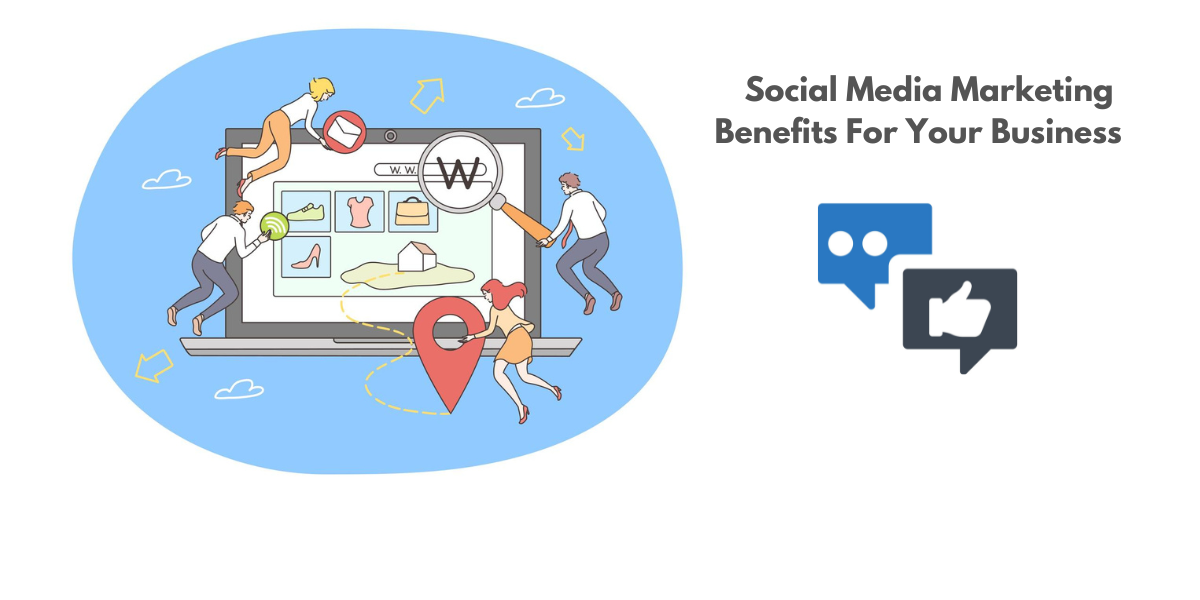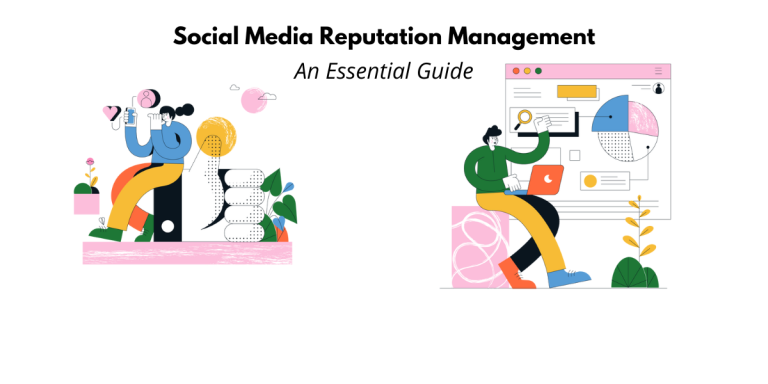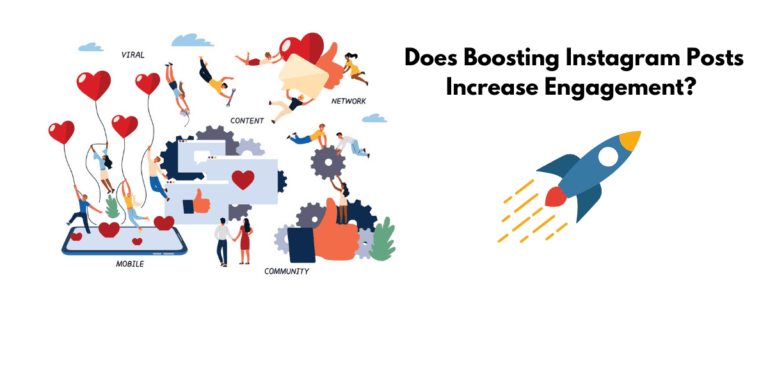What is social media marketing strategy?
A social media marketing strategy outlines goals, tactics, and metrics to measure success.
It helps you set expectations for team involvement, track performance, and hit goals. It includes a plan for each social media platform, roles and responsibilities, and a reporting cadence.
Why do you need a strategy for social media marketing?
A social media strategy is essential for businesses to ensure their resources are used effectively and efficiently.
Without a strategy, businesses will likely waste their resources on untested and unplanned activities without any clear direction or goals.
- A social media strategy is critical to success, as research has shown that marketers who document their strategy are 538% more likely to succeed.
- Social media strategies equip you to set goals and guardrails, track their performance, and tweak your benchmarks over time.
- Without a social media strategy, you are wasting business resources on something untested and unplanned.
What are the five most effective social media marketing strategies?
Here are five examples of effective social media marketing strategies:
Collaborate with other brands
Collaborating with other brands is an effective way to increase visibility and amplify your reach on social media. It can provide an opportunity to engage with new audiences and gain access to established networks of customers.
By leveraging the existing relationships between the two brands, marketers can create a powerful partnership that can benefit both parties.
For example, two companies can create a joint product or promotion, giving each a chance to reach their respective audiences.
Similarly, influencer collaborations can be incredibly powerful. By leveraging the reach and influence of an influencer, brands can tap into an engaged new audience.

Utilize video content
Video content can be a powerful asset for social media marketing.
Video content is more than 40 times more likely to be shared on social media than other types of content, and 64% of customers are more likely to buy a product online after watching a video about it.
Additionally, adding compelling visual elements to content can generate 94% more views, and Facebook photos generate higher engagement than average text posts.
Companies can also use Youtube to promote their brand, as Youtube is a great place for tutorials, demonstrations, and how-to videos.
Boost your followers with ads
Social media ads can be an effective way to boost one’s followers. By understanding and targeting the right audience, brands can ensure that they reach the people they want to reach and engage with them.
Ads are designed to be eye-catching and draw people in, and by combining organic posts with paid ads, brands can increase their brand awareness, engagement, conversions, and sales.
Ads can also be tailored to target specific segments of an audience based on their interests, behavior, location, gender, etc.
Offer exclusive deals
Offering exclusive deals can be a great way to increase engagement on social media and build brand loyalty.
Exclusive deals incentivize customers to follow and engage with your social media accounts, as they will be the first to know about special offers.
Special offers can be tailored to specific followers, or they can be open to everyone. This could include discounts on products, coupons, or access to special events.

Increase brand awareness with popular trends
How can popular trends be used to increase brand awareness?
- Identify trends: First, you must identify popular trends in your target audience and industry. This will help you create content that appeals to their interests and helps your brand stand out.
- Create content: Once you have identified the popular trends, create content based on them. This could be blog posts, videos, graphics, infographics, tutorials, etc. Your content should be relevant and engaging and should provide value to your audience.
- Share your content: After creating your content, share it on your social media channels. This will help increase your brand visibility and reach a wider audience. When sharing your content, make sure to use relevant hashtags and relevant keywords.
- Monitor and engage: Monitor your content to see how it is performing and how your audience is responding. Take the time to engage with your followers and answer any questions they may have. This will help create a connection with your brand and build trust.
- Track your progress: Track your key performance indicators, such as followers, likes, retweets, engagement rate, etc., to track your progress and improve your campaigns. This will help you understand what is working and what isn’t so that you can adjust your strategies accordingly.
Social media marketing platforms
Here are some of the best platforms for social media marketing:
Facebook is a powerful tool for social media marketing, allowing businesses to engage with their target audience, gather information, and strengthen customer service and advertising.
Twitter is an excellent platform for social media marketing, as it allows brands to share informative links and build industry authority.
Youtube can be used for social media marketing by creating a channel and uploading videos that are optimized for SEO.
Instagram is a great tool for social media marketing, as it offers a variety of features such as hashtags, stories, and IGTV that can help increase brand awareness and reach new audiences.
TikTok can be a great platform for social media marketing, as users can create short videos up to 60 seconds in length and participate in viral challenges and trends.
Pinterest is an ideal platform for businesses to promote their products and drive traffic to their website.
10 tips to improve your marketing strategy in social media
Here are the top 10 most helpful and effective tips to improve your social media marketing:
1. Identify your target audience
Identifying your target audience is a critical step in effective social media marketing.
Knowing who your audience is and what they want to see on social media is key to creating content they will like, comment on, and share.
Gathering data and creating audience personas allows businesses to refine their strategy and better target their audience.
How can you identify your target audience to improve your social media marketing strategy?
Step 1: Define who your target audience is by creating audience personas. List common demographics, behaviors, interests, spending power, and pain points.
Step 2: Do research to back up your assumptions. Use data to make sure you’re making well-informed decisions about who your audience is.
Step 3: Select the right social media networks for your target audience. Know which platforms your audience spends the most time on, and focus your strategy on those.
Step 4: Investigate how your competitors approach social media. Find out where they are active and what kind of content they create.
Step 5: Monitor the conversation about your brand and industry. Pay attention to the topics being discussed and the hashtags being used.
Step 6: Track the performance of your content. Analyze the engagement rate, likes and comments, and other metrics to learn more about your audience.
Step 7: Use social listening to understand your target audience’s conversations.
Step 8: Ask questions and engage in conversations with your target audience.
Step 9: Provide value and create content that your audience will appreciate.
Step 10: Analyze the data to determine what content resonates with your audience.
2. Create a social media marketing plan
Creating a social media marketing plan can help improve your strategy by providing a clear direction and framework for your social media activities.
It can equip you to set goals and guardrails, track their performance, and tweak your benchmarks over time.
A well-defined social media strategy allows you to determine which channels and activities will be most effective for your business and ensure that all team members are on the same page about what should and should not be done on social media.
It also allows you to measure ROI more accurately, allowing you to determine whether your activities are achieving their intended results.
Finally, with a detailed plan, you can ensure that your social media activities align with your overall marketing and business goals, giving you a better chance of success.

3. Focus on quality content
Quality content can greatly improve a business’s social media marketing strategy. Quality content is engaging, informative, easy to understand, and contains lots of visuals.
Quality content also achieves higher engagement rates, click-through rates, more traffic, and more social shares.
As a result, more businesses are investing more in their content marketing, with some even investing up to 50% of their total marketing budget on content.
A quality content strategy also involves carefully selecting relevant content for your target audience and balancing promotional content with informative and entertaining content.
This can help brands build relationships with their audience, draw attention to their products, and measure their performance and progress. All of which are important for achieving success in social media marketing.
4. Engage with your target audience
Engaging with your target audience on social media can greatly improve your marketing strategy. Building relationships and trust with your followers can lead to increased brand awareness and a more engaged audience.
Additionally, asking questions about your products and services, or providing helpful content that your audience can benefit from, will make them more likely to invest in your business.
When you create content that users can engage with, such as interesting videos or a Facebook group, it can help you break through the noise and get the attention of potential customers.
Engaging with your target audience will help you reach your social media goals, such as driving website traffic, boosting conversions, building brand identity, and providing social customer service.
5. Use hashtags strategically
Using hashtags in your social media marketing strategy can help improve your reach, engagement, and brand visibility.
Hashtags are used to categorize content on social media, making it easier for people to find and interact with relevant content.
Using relevant high-volume hashtags can extend your posts’ reach and target a wider audience. Also, hashtags can create custom campaigns tailored to specific topics, events, and holidays.
Responding to social media mentions of your business with relevant hashtags can reinforce your customer care approach and help to create a positive brand association.
6. Make use of social media tools
Social media tools can help improve your marketing strategy by providing insights into what content your followers engage with, what strategies work for your business, and how to protect your reputation.
These tools allow you to track your performance and adjust benchmarks to optimize your social media marketing efforts. They also better understand your audience, allowing you to tailor your content to meet their needs better.
Social media tools can help you align your posts with marketing campaigns on other channels, such as email or ads, to maximize your reach and increase conversions.
With the right social media tools, you can reach more people, better protect your brand, and increase ROI.
7. Try video and image marketing
Video and image marketing can be very effective tools in improving a social media marketing strategy.
When visuals are added to posts, they are more likely to be shared and generate more views. This can help to increase website traffic, build conversions, and raise brand awareness.
Visuals can also help create a positive brand association and improve communication with key audiences.
Instagram is a very popular platform with a significant visual focus and higher engagement rates than other social media sites.
Video content appears to be increasingly popular, as it can help to create more interest in and understanding of a product or service.
These combined elements can help create a powerful and effective social media marketing strategy.
8. Monitor and measure your results
It is important to monitor and measure the results of your social media marketing campaign to identify what is working and what isn’t to make adjustments to your strategy. This allows you to tweak your strategy in real-time without making time-consuming changes.
How can you monitor and measure your social media marketing results?
- Track your traffic – Track the amount of traffic your social accounts drive to your website or blog.
- Monitor posts – Observe what people are responding to and look for trends related to particular topics or keywords that generate more interest than others.
- Set goals for key metrics and keep a scorecard to track your progress.
- Choose metrics – Choose metrics that are easy to gather and measure, such as net new fans, followers, interactions, and visits to your website from social.
- Test and measure – Invest in analytics as much as you invest in posting. Test the 80/20 rule and go from there.
- Monitor competition – Spy on your competition to see what kind of content they produce and how their audience responds.
- Reevaluate your goals – Periodically reevaluate your goals and adjust your strategy accordingly.
- Talk to your followers – Be social and talk to your followers. Ask them questions and respond to their comments.
- Invest in visuals – Invest in high-quality visual content and try videos to stand out from the crowd.
- Post consistently – Post consistently to succeed on social media. Don’t expect success overnight.
- Utilize contests – Utilize contests to engage your audience and drive leads.
By following these steps, you can easily monitor and measure your social media marketing results. It is important to stay consistent and be strategic to maximize success.

9. Utilize influencer marketing
Influencer marketing is a powerful tool for improving your social media marketing strategy.
It allows brands to take advantage of the high trust influencers have built with their followers by making recommendations and promoting products, services, and campaigns.
This can have many beneficial effects, such as increasing brand awareness, driving sales, boosting website traffic, etc.
By finding the right influencer, you can target your ideal audience and call their attention to your brand.
Using research tools such as BuzzSumo and Keyhole, you can identify the influencers related to your industry and monitor the conversation around your brand.
All these strategies can make the difference between successful and unsuccessful social media campaigns.
10. Have a social media strategy check-in
A social media strategy is incredibly important for businesses that want to succeed in today’s digital-driven world.
Statistics from Oberlo show that 71% of consumers who have had a positive experience with a brand on social media are likely to recommend it to their friends and family.
Finally, how will you execute an effective strategy to boost your social media presence?
Executing an effective social media strategy begins with setting relevant and realistic goals.
This will help you determine which social media networks are best suited for your target audience and informative content strategies such as varying content types and encouraging user-generated content.
Once you have established a presence on the relevant networks, track your performance metrics and use UTM parameters to assess which posts drive the most traffic to your website.
Reevaluate your strategy often and use the data to make necessary adjustments. Additionally, you can use influencers to widen your reach and maximize your growth potential.
- Exploring the Top 20 Customer Review Websites to Amplify Your Local Business Presence - May 20, 2024
- Corporate Reputation Management: 10 Tips to Help You Build Your Company Reputation - September 7, 2023
- Online Reputation Management Strategy: 10 tips to successfully manage your online reputation - April 21, 2023




